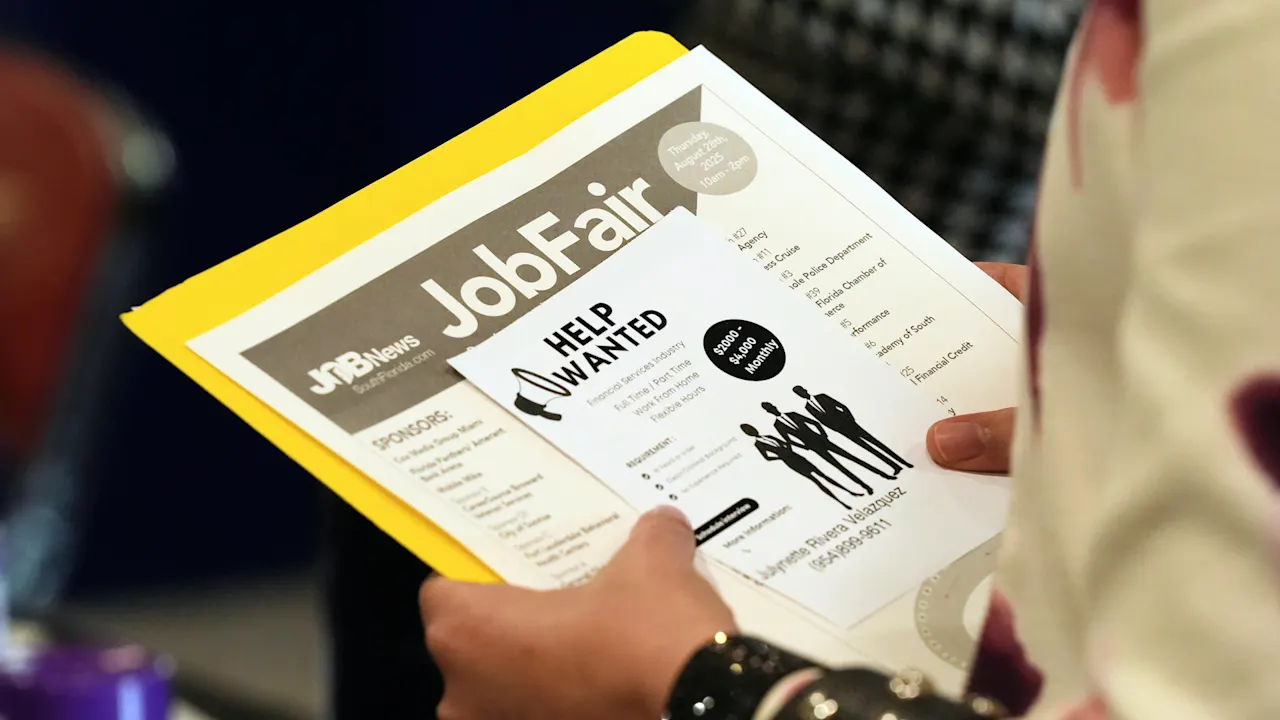Generative AI is reshaping the workforce, putting entry-level positions under growing strain. A recent Stanford University study shows that early-career workers in AI-exposed roles are at higher risk of employment declines, while older employees remain largely unaffected.
AI Is Disrupting Entry-Level Jobs, Stanford Study Reveals — Here’s What You Need to Know
Key Takeaways:
- Generative AI has significantly impacted entry-level jobs.
- Early-career workers in AI-exposed fields face notable declines.
- Older professionals and those in less-exposed roles remain relatively unaffected.
- A recent Stanford University study is the primary source.
- This trend raises questions about AI’s broader economic effects.
AI’s Growing Influence
Generative AI has emerged as one of the most transformative forces in the modern workforce. According to a recent Stanford University study, the technology’s rapid advancement has divulged a new reality: the kinds of tasks once reserved for junior workers may soon be accomplished, in part, by AI-driven tools.
Early-Career Workers at Risk
“Early-career workers in professions that are most exposed to generative AI are experiencing significant employment declines,” the study reveals. This trend underscores that technological proficiency—once considered a boon for younger professionals—can also be a risk factor if those same skills become automated by increasingly sophisticated systems.
The Stanford Study’s Insights
Stanford’s research indicates that while newer entrants to the job market feel the brunt of AI-driven changes, older professionals and those working in less technology-intensive fields remain largely unaffected. The study suggests a growing dichotomy in the labor market, where generative AI is highly targeted towards roles once deemed essential stepping stones into a career.
Changes in Workforce Dynamics
These findings shine a light on a shifting power balance in the job market, as employers place a premium on adaptability and AI-aligned skills. Although the full consequences of this disruption remain difficult to predict, the Stanford study offers an early glimpse into how workplace structures may evolve in an age of expanding AI capabilities.











